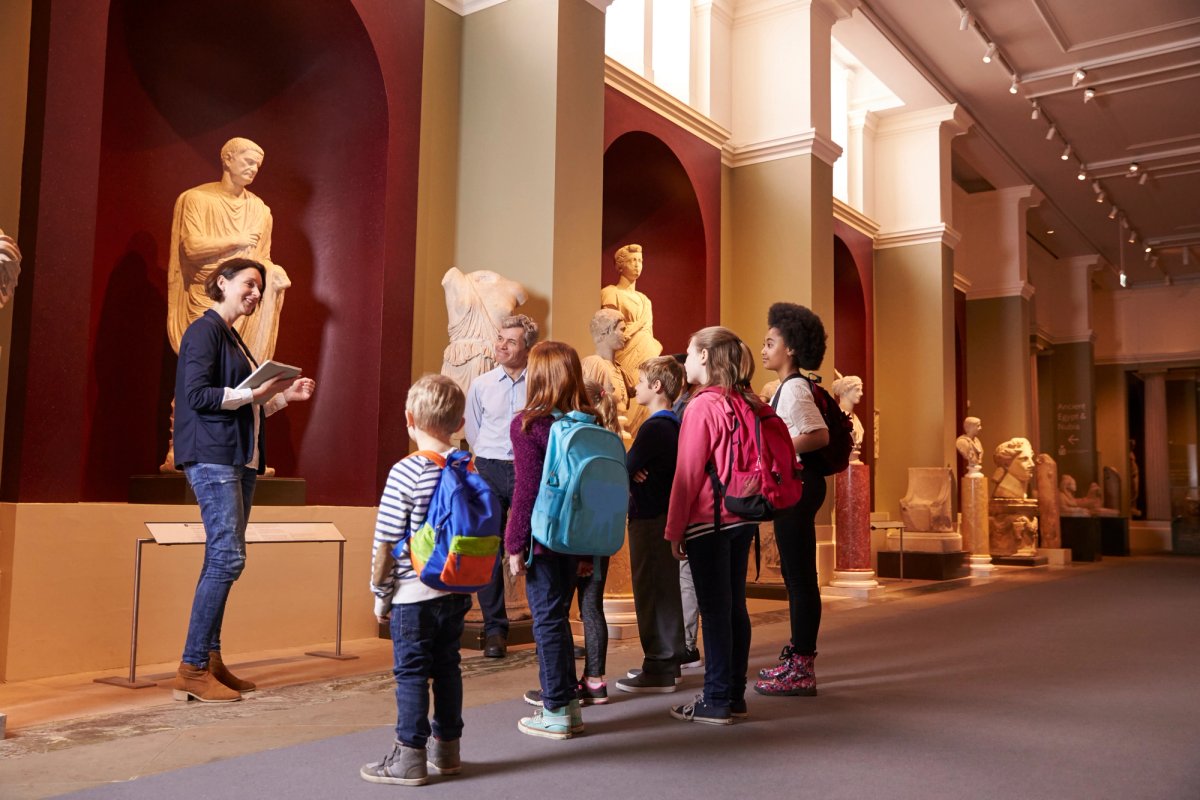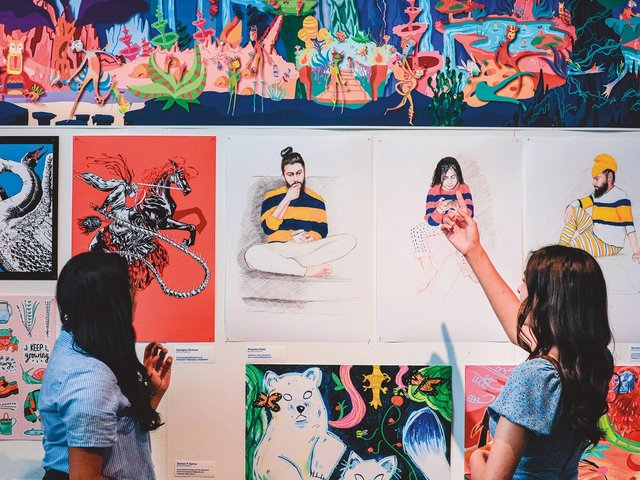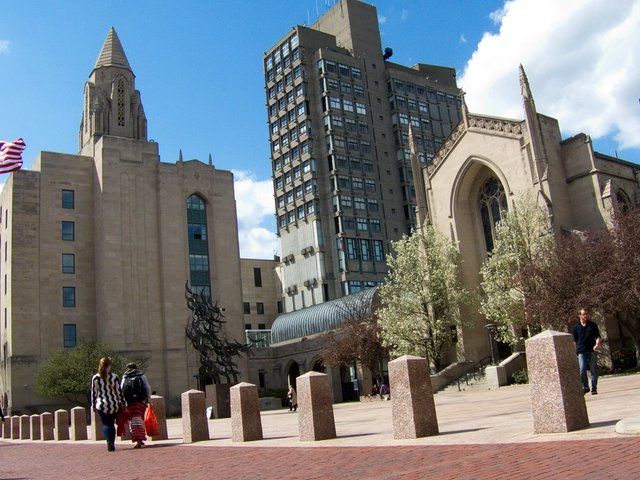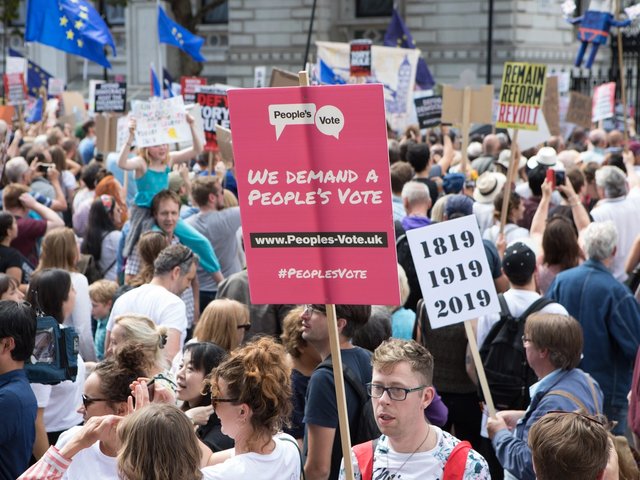I see myself as one of the last of a British working-class generation who were taught art and art history at state school and taken on museum visits, before the massive funding cuts that have now taken root and started to seed real problems within the UK’s cultural sector.
I remember—it sticks in my brain—a rare occasion on which we went on a school field trip to the Tate gallery, in London. It was the first time I saw a painting by Willem de Kooning. The effect that had on me was fundamental. It was the moment I realised what I wanted to do for the rest of my life—to be an artist.
When the UK government recently received submissions, commissioned by Bridget Phillipson, the education secretary, for a review of school curriculums, including those for the arts, I read the coverage given to one submission, from Lee Elliot Major, a professor of social mobility at Exeter University.
Speaking to The Times, Major said that UK state schools should cut down on “middle-class pursuits” such as museum and theatre trips and visits to “high-brow galleries” in favour of telling the stories of working-class heroes, including the writer Charles Dickens and the scientist Michael Faraday, “to make our school curriculum more accessible and relatable to all children, particularly those from under-resourced or disadvantaged backgrounds”. Schools could instead, he suggested, visit local football clubs, or collaborate with local artists and musicians.
While I appreciate the sincere sentiment behind Major’s remarks—it is of course important to teach students about creative culture within communities—I fear this approach would do nothing to put working-class pupils on an equal footing with those attending private, fee-paying schools. It would instead unintentionally lead to a dumbing down and a widening of the ever-increasing social divide in British society.
Weaving together the old and new
Craft and expertise of all kinds is rooted in learning and history. In the UK those roots feed on a rich cultural and artistic legacy, published as history, literature and drama and exhibited in our free-to-access museums and galleries. The fashion designer Alexander McQueen came from a working-class background. Part of his education was in bespoke tailoring in Savile Row, central London, a craft built on a centuries-long tradition. What made him a powerhouse of the fashion industry was a fusion of colossal talent, craft training and a palpable education in art and art history, which enabled him to synthesise and weave together the old and new.
I fear that what Major proposes fits into a perceived stereotype of what the working classes will enjoy. This approach not only promises to perpetuate such stereotypes but would serve to keep the working class in its lane, unintentionally reinforcing a hierarchy that perpetuates an ever-increasing problem. I fear if we were to follow such an approach now, there would be no going back and this new type of curriculum would instead become entrenched as a format for the under-privileged.
Major’s comments seem to miss the point that education should, above all else, be equal: equally provided and equally accessed. What matters most is not what you are teaching but the way it is taught. Most state school pupils are deprived of individual attention because of class sizes and funding cuts, so that there are never enough teachers to dedicate their time compared with the teacher-pupil attention provided at private fee-paying schools.
I feel sure that pupils from all backgrounds might enjoy an approach to teaching arts that includes visits to sports grounds, community choirs and graffiti artists, as Major proposes, if it was an added bonus. But if this approach were to be substituted for the core curriculum, then underprivileged students would remain at a disadvantage. And I am pretty sure that if such a revised way of teaching the arts were to be imposed on students in private education, there would be an immediate backlash as to what they were being taught.
Unfortunately, there are no short cuts in education and we have to work with what we have. But if this same proposed educational methodology were applied to subjects such as engineering and architecture, I would not trust that mechanic to fix my car or want that architect to build my house.
The creative arts are about reinventing what has gone before. So if we take away the knowledge of the before—by focusing only on what is deemed immediately relevant to one particular group of students—what is left for those students to work from, in order to become another Alexander McQueen?
• Antony Micallef is a British contemporary artist working in London






